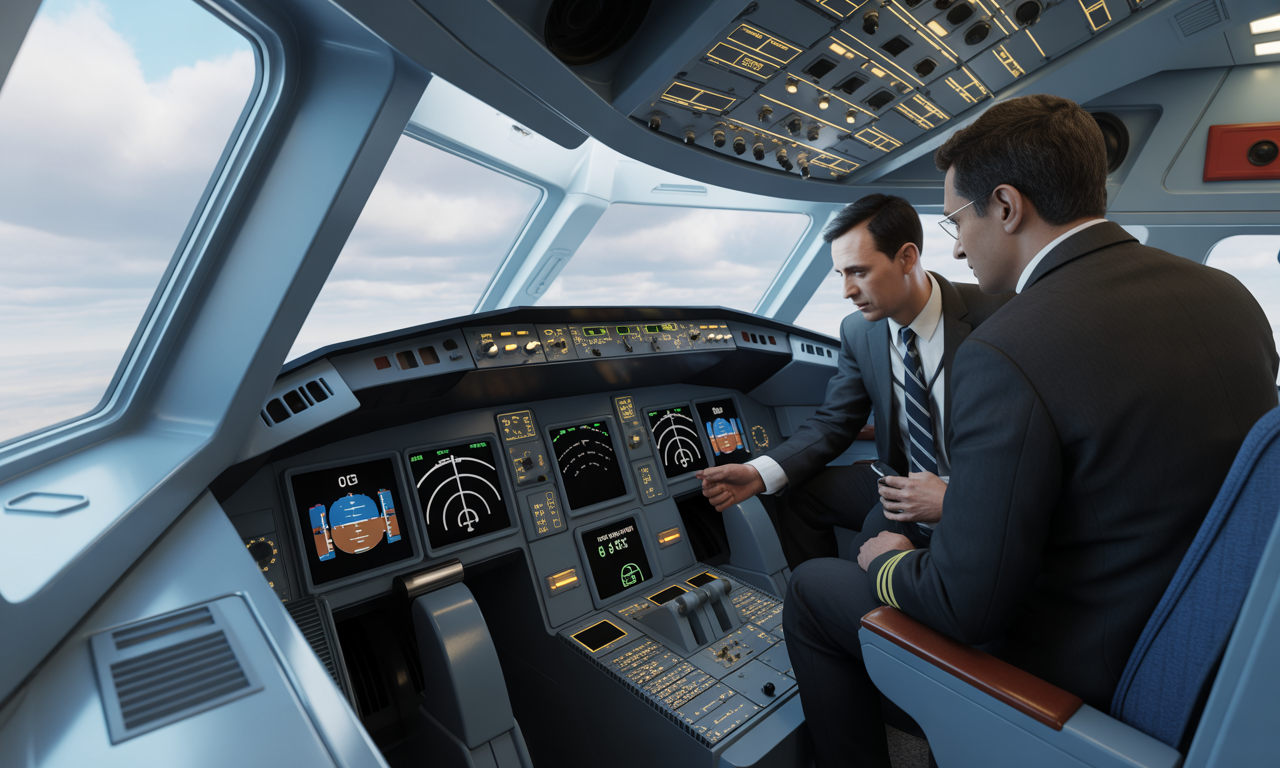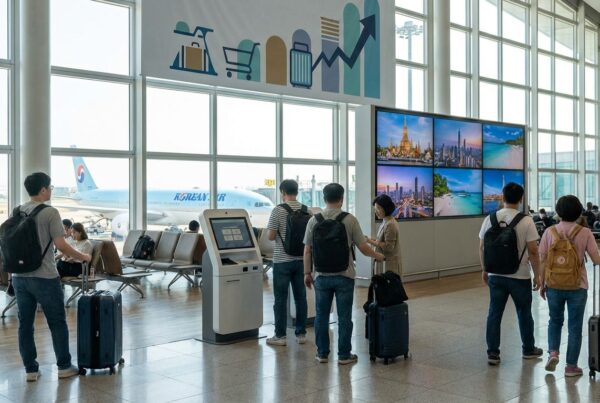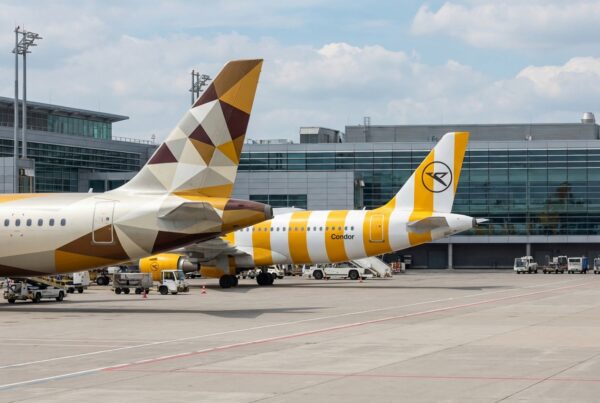Following the tragic Air India crash, theIATA has come up with an innovative proposal: equip cockpits with surveillance cameras. The aim of this measure would be to improve air safety by providing a better analysis of emergency situations and cabin behavior. The recordings provided by these devices would complement traditional flight recorders, facilitating incident investigations. By enhancing transparency, this initiative also aims to restore passenger confidence and optimize piloting protocols with a view to preventing future accidents. This revolutionary device will considerably and sustainably enhance air safety worldwide.
Following the tragic incident involving Air IndiaThe International Air Transport Association (IATA) has launched an innovative proposal to improve cockpit safety. This proposal includes the installation of surveillance cameras in these critical areas, to enable in-depth analysis of the circumstances surrounding an accident. Safety and liability issues are now at the heart of debates in the aviation industry.
A step towards improved in-flight safety
IATA's initiative has its roots in the need to prevent any accidents similar to the unfortunate events that have marked the Air India story. The use of cockpit cameras will enable visual data to be collected in real time. This measure could also facilitate the work of analysts by reconstructing the actions taken by the crew. For a better understanding of developments in the sector, please consult recent market trends offered by the manufacturer Airbus.
Benefits for the aviation community
If adopted, this measure would represent a major reinforcement of our safety systems. Not only would it offer greater transparency in the event of unforeseen events, but it would also support the continuous improvement of flight practices. This fun monitoring system would support incident analysis and help build confidence among professionals and passengers alike. Examples of additional safety measures are regularly discussed on various portals, such as adjustments made by Air France.
Technology integration and industry spin-offs
By integrating cameras into cockpits, IATA hopes to usher in a new era of air traffic control. technological security in the aviation sector. This type of device, which is part of a global strategy to improve control systems, nevertheless requires rapid adaptation on the part of airlines. The implications of these technologies go far beyond the simple collection of images, providing a tangible response to the questions raised by various incidents. To discover other challenges, particularly those linked to transport and safety, it is interesting to see how animal transport safety is also under discussion.
Regulatory issues and future prospects
Installing surveillance cameras in cockpits raises a number of regulatory issues. Indeed, it is essential to define precisely the conditions of use and retention of recordings, as well as the terms of access in the event of an incident. This approach is comparable to other regulatory revisions in the aviation sector, such as those highlighted by critical analysis of post-accident practices.
The debate on the implementation of these devices also comes up against considerations of confidentiality and the protection of pilots' personal data. IATA is expected to provide clear and balanced guidelines to reconcile operational safety and respect for privacy.
Complementary measures for an enhanced digital experience
In parallel with discussions on in-flight safety, some aviation platforms are implementing systems to improve the experience of their subscribers. For example, theirsubscription for optimized navigation, featuring hidden advertising to avoid distractions, pseudonym validation to guarantee the authenticity of comments and publication instant exchanges. These measures help to establish a climate of trust and transparency, essential elements in the aeronautics industry.
In addition, the improvement in on-board safety devices reminds us of the importance of regularly following the latest news and audits carried out by the relevant authorities. To keep abreast of recent developments, we recommend consulting detailed articles such as updating lists of banned airlines.

Comparison of impacts and issues
| Aspect | Analysis |
|---|---|
| Context | Air India crash triggering theIATA cockpit equipment. |
| Safety objective | Strengthen safety by recording events in real time. |
| Active monitoring | Installation of cameras for better observation of cockpit operations. |
| Traceability of incidents | Gather data to reconstruct facts and analyze failures. |
| Employee protection | Measure designed to increase security while monitoring the impact on privacy. |
| Technical implications | Adapting existing equipment and complying with standards to ensure compliance. |
| Ethical issues | Debate on the balance between privacy and operational safety. |




